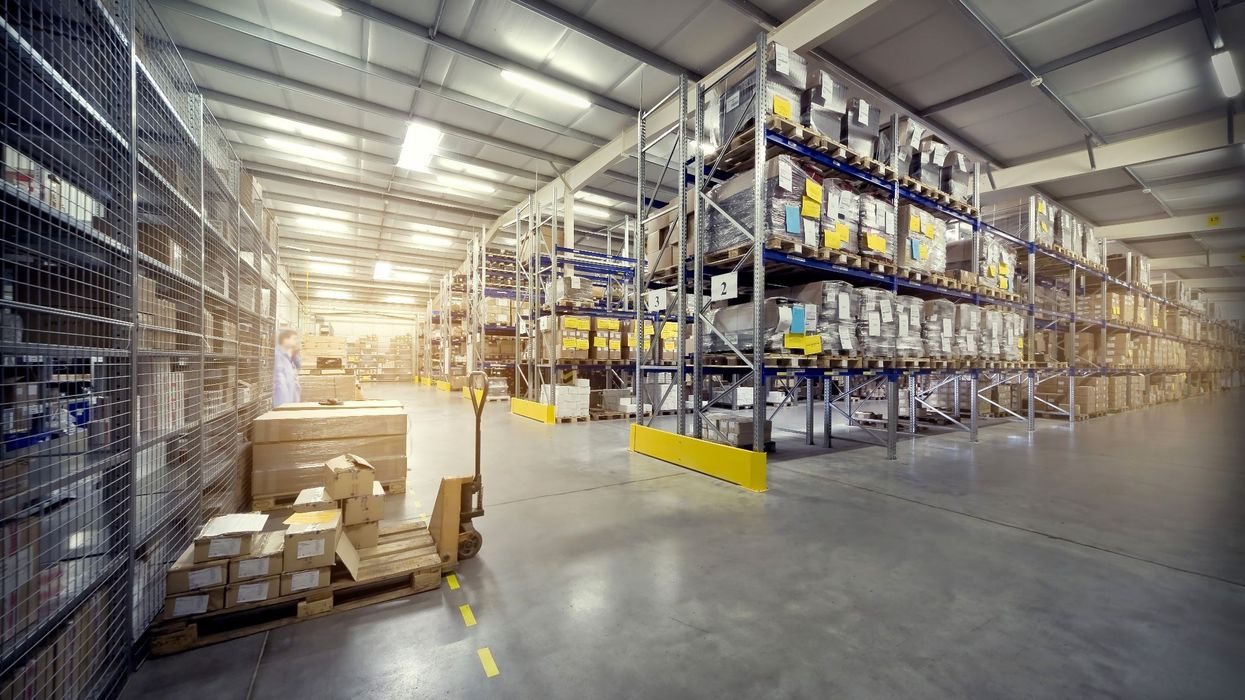The cost of industrial land in the Greater Toronto Area surged by a third of its value in 2021, and while that might seem like an aberration, it isn’t.
“We entered 2021 with land values in the ballpark of around $2M an acre and today you’re at $3.5-5M an acre for industrial land, so they’ve almost doubled in a span of around a year and a half,” said Victor Cotic, Executive Vice President of National Investment Services at Colliers. “What’s driving a lot of that is the growth in rents: if a landlord or developer thinks that they can build a site and lease it out for a much higher rent, they can afford to pay more for land, and that competition — because developers compete against each other — has pushed land up.”
According to data provided by Colliers, GTA land values rose by 32.9% year over year last quarter, while the net asking rent hit $12.66 per square foot in Q4-2021, up by 23.9% from the prior-year period as a result of availability dropping by 80 basis points to 0.7%. And because being a landlord is so profitable, there’s scant product for sale.
Lack of Land Puts the Squeeze on Development
Although there was 9.6M square feet of industrial land under construction in the GTA last quarter, only 1.7M hit the market. Although the seemingly obvious solution is to develop more facilities, the GTA doesn’t have enough land that’s both zoned for industrial use and serviced.
“If you’re acquiring a site in an established market like Mississauga, for example, those sites are zoned and serviced, so in theory if you could find a vacant site you could develop on it right away, but, unfortunately, there are not many available sites in established markets,” Cotic said.
Read: Competition Has Never Been Hotter for GTA Industrial Space
That has pushed developers further afield to municipalities like Caledon, Milton, Cambridge, and even London, he added.
Demand is primarily driven by e-commerce, which in itself is nothing new, but because companies have been receiving their shipments intermittently during the pandemic, they’re competing with each other to lease additional warehousing space so that they can stockpile their products.
“They’re looking for inexpensive space,” said Diana Hoang, Founder and Managing Director of Spear Realty. “They’re looking for subleases. Companies are tying to justify the price in leasing because leasing rates have skyrocketed. We’ve seen rates at $12 and now they‘re around $16 per square foot. We’re seeing clients ask for more space because once they get inventory to come in, they will horde it because they don’t know when their next shipment will be.”
Until recently, industrial lease terms were typically in the neighbourhood of 10 to 15 years, but, now that the market is blistering, landlords are opting for three- to five-year pacts so that they can charge escalating market rates when their tenants renew or they find new ones. Cotic says that could significantly affect their overheads and force them to pass on the buck.
“Increased cost in rents could be passed on to consumers, who are already seeing a big increase in inflation, and that’s due to supply chain issues, so all these elements are related,” he said. “There’s a lot of sticker shock in market because tenants who entered into longer term lease deals five or 10 years ago at 5-6$ per square foot net rent are now coming up to renewal with markets rents at 15-16$. Those tenants will see their rents triple, and landlords are getting that higher rent.”





















